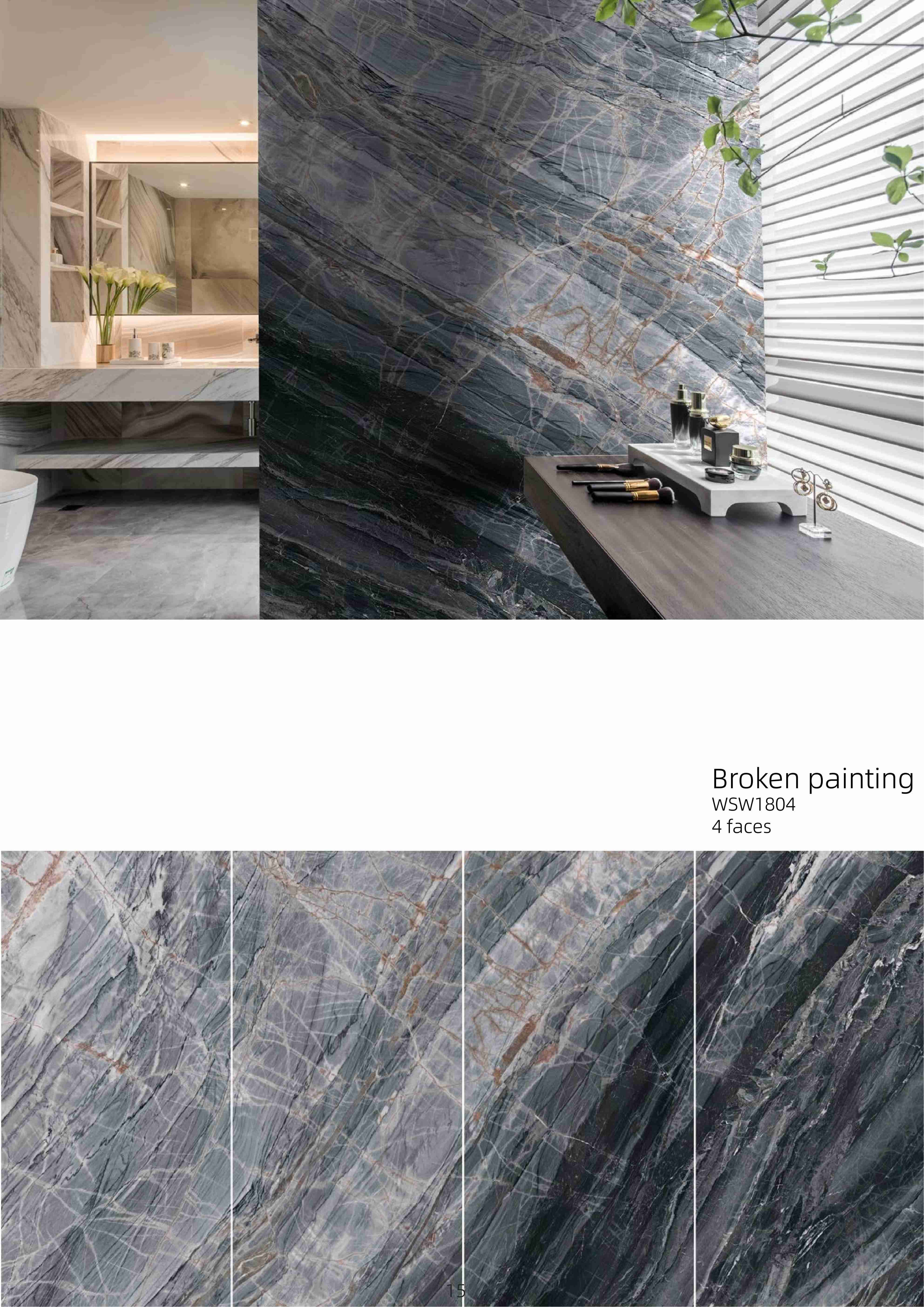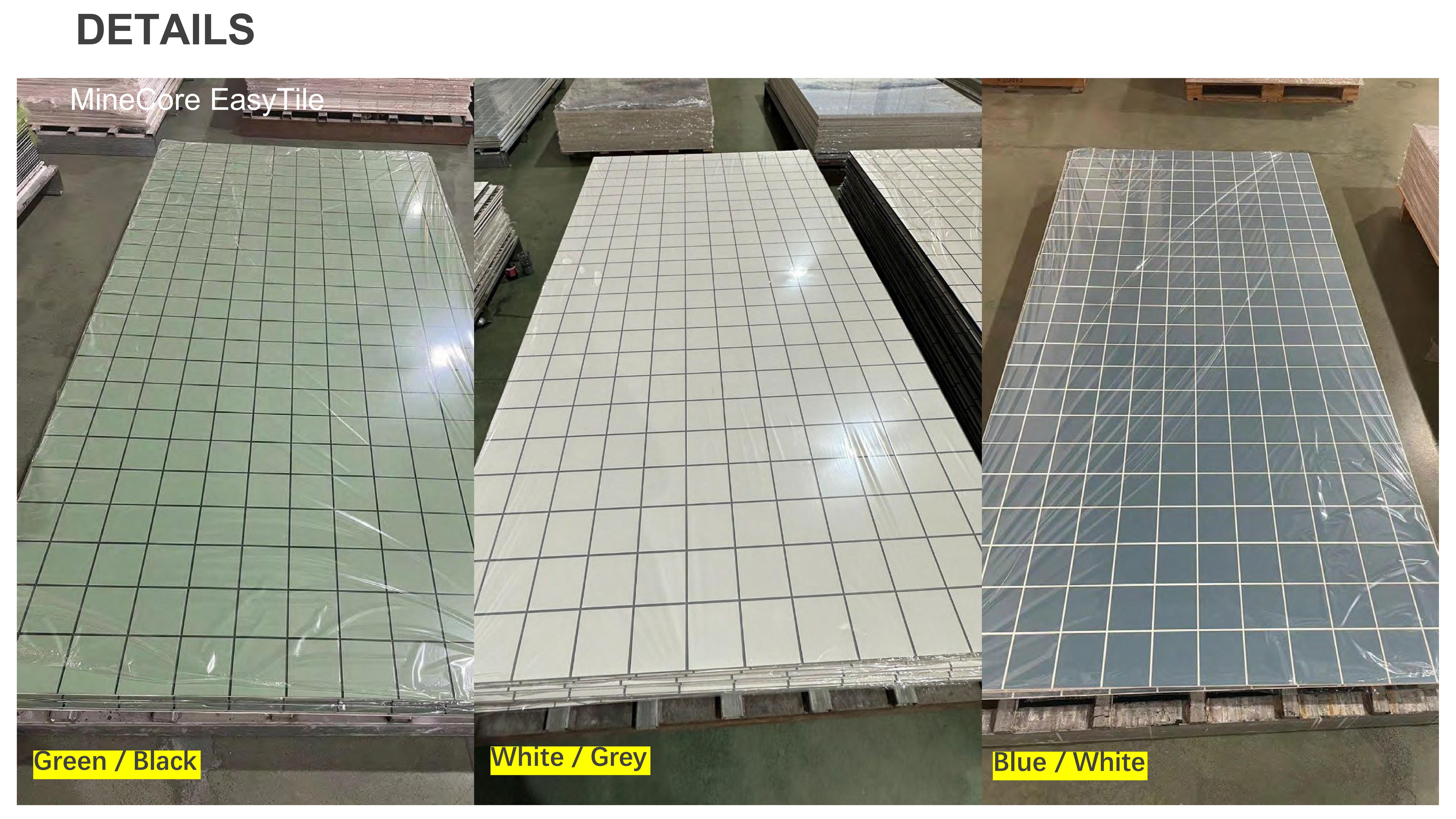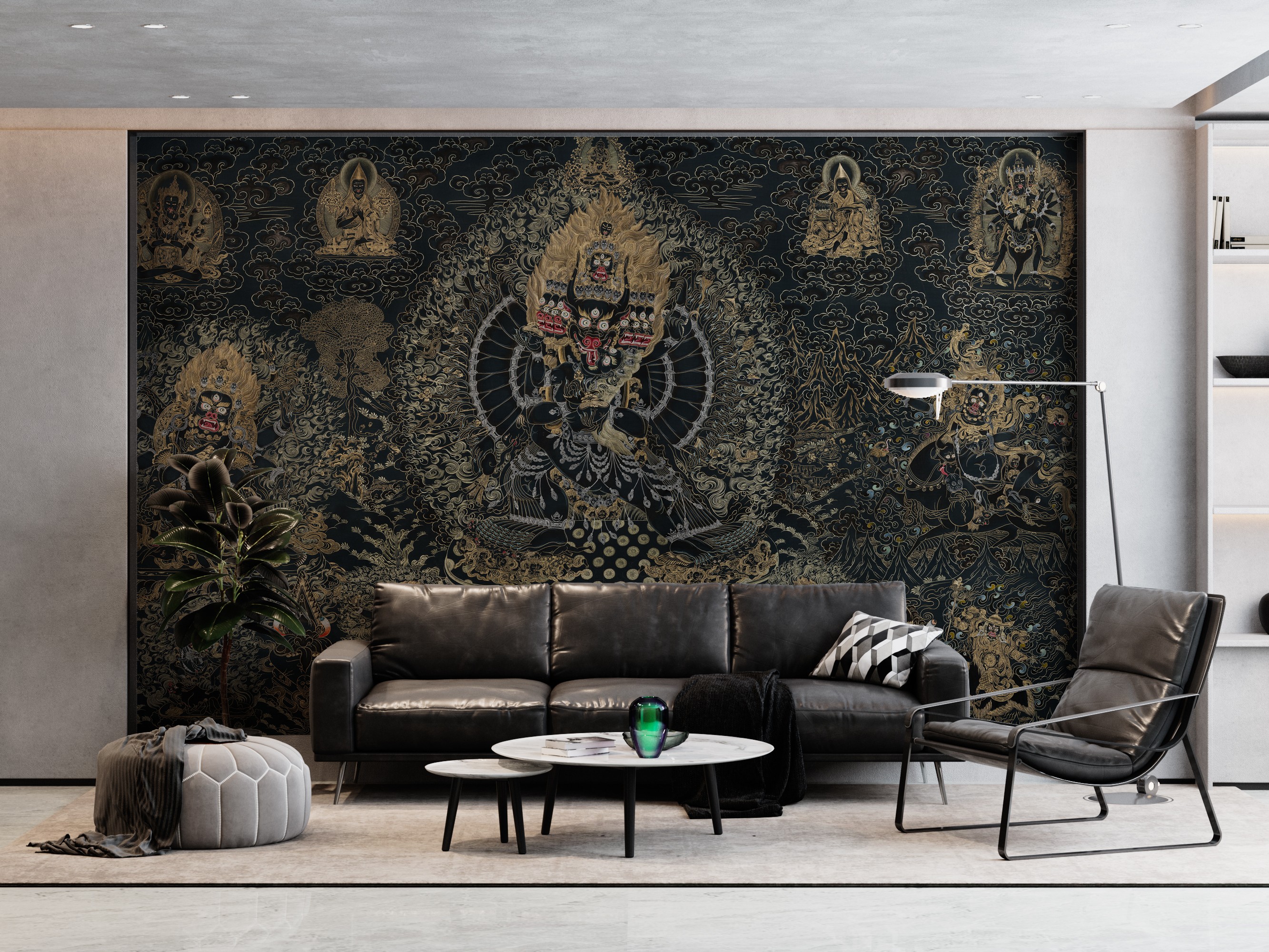The construction and renovation market is in a continuous state of flux, and innovations drive efficiency and quality. Lightweight wall panels are among the newer entrants that have transformed renovation projects. Worldwide, builders and project managers are looking increasingly toward the panel products — QuickStone and others — to streamline workflows, reduce costs, and enhance structural performance.
Lightweight wall panels are more than just a trend. They represent a paradigm shift in the way that we think about interior and exterior renovations. The panels tackle many of the traditional pain points involved in remodeling and retrofitting buildings, including ease of transport and energy efficiency. With demands rising for sustainable, cost-effective, high-performance-building material solutions, opting for modern courses like QuickStone has become not just attractive, but a strategic requirement in order to compete.

1. What Are Lightweight Wall Panels?
Light-weight wall panels, engineered construction materials that provide wall systems like concrete, brick, or thick gypsum boards, are typically made of composite materials that include high-strength fibers, resin, and lightweight aggregates. In fact, very high strength remains to maintain structural integrity while reducing the weight load.
They're not just lighter, but also much quicker to produce and easier to customize, yet more consistent in quality compared to their heavier counterparts. It has the perfect structural integrity which meets all load-bearing standards and allows good logistics on-site. QuickStone, panels that are beautiful and provide good technical performance, become the best option for load-bearing walls and also interiors for both residential, commercial, and industrial renovation projects.
2. The Renovation Challenge: Why Weight Matters
Renovation practices evolve to partly respect existing buildings that were not intended to undergo additional stresses. Traditional wall materials such as concrete blocks or bricks are notoriously heavy and induce stress on the structure, leading to:
Older structures, particularly if we talk about heritage or multi-story buildings, pose significant challenges concerning weight distribution and load-carrying capacity. Lightweight wall panels relieve such burdens from the shoulders of architects and builders so that significant changes can be made with safety on the structural side. They assist in satisfying modern codes with greater latitude in design and without the need for excessive reinforcement, resulting in savings in both time and costs.
3. Benefits of Lightweight Wall Panels in Renovations
3.1. Management and Installation Ease
The lightest advantages of lightweight wall panels are the fact that they weigh less. This means:
Furthermore, panels are usually prefabricated or semi-modular, such as QuickStone, so on-site cutting and modifications are minimal. Their identical appearance makes it easier to align, fasten, and finish them. This efficiency allows smaller crews to do far more in much less time- critical to project managers who have to juggle tight timelines and labor shortages. From logistics to installation, these panels both effectively streamline nearly every step in the renovation process.
3.2. Decreased Structural Load
When buildings are being renovated, light paneling should not weigh any heavy burden on the existing foundations or frameworks. The fact is that lightweight panels hardly impose any loads in comparison to traditional masonry or concrete walls. Their benefits are as follows:
This advantage is perfect for those retrofits in which load-bearing members are difficult to retrofit without invasive construction. Builders can add internal partitions, accent walls, or even skin walls without redesigning the entire building envelope using lightweight panels. This means that costs get restricted but creative avenues open in design and functionality.
3.3. Enhanced Performance in Thermal and Sound
Nowadays, most lightweight wall panels, QuickStone for example, have been designed with materials which have excellent qualities in insulating and sound-proofing thereby:
Revealing:
Those are not add-ons in any renovation work, commercial or multifamily residential, for thermal and acoustic performance. The indoor climate is well regulated, hence the decreased HVAC loads, thanks to lightweight panels with insulation. The sound-dampening layers attached to such panels make them ideal for use in schools, hospitals, offices, and other urban housing environments where privacy and quiet count. All without being cumbersome as traditional insulation or expensive retrofitted systems have to offer.
3.4. Sustainable and Environmental Benefits
Sustainability, these days and in most areas, is not an option but a requirement. Lightweight wall panels give a more eco-friendly alternative for traditional building material in:
QuickStone panels are specifically designed to produce low energy consumption during their utilization, sustainable sourcing, and recyclability at the end of life. Therefore the use of these materials ends up yielding valuable points for builders striving to achieve LEED, WELL, or other green building certifications while demonstrating environmental responsibility. In addition, the durability and life span of these panels will mean a reduced need for replacements.
3.5. Aspects of Versatility and Design Flexibility
Lightweight panels are manufactured in multiple sizes, finishes, and textures, where the architect and builder may:
QuickStone panels, as an example, are available in many finishes from sleek and modern to rustic and traditional, thus keeping design options wide open. Their versatility makes them the choice for various applications like feature walls, office dividers, or facades. This gives builders and project managers the ability to explore design possibilities without the structural limitations and costs that heavier materials impose on the client for their custom designs.

4. Why QuickStone Is Leading the Lightweight Wall Panel Revolution
QuickStone remains a favorable option, among others in the market, for the renovations specialist. Here is why:
4.1 Technology of Advanced Material
QuickStone panels are products that utilize good composite technology. A combination of extremely lightweight aggregates with resin binders and reinforcing fibers is utilized. The results are:
And this balancing of weight and strength is particularly suitable for use in temporary and in permanent structures. Very hard to warp or crack upon temperature or humidity changes, they reduce the chances of post-installation callbacks and warranty issues. QuickStone would serve as a dependable and durable product for builders from different climatic regions, from the coast to cold areas.
4.2 Manufacturing Precision
Kinda manufacturing process of QuickStone as given below:
Precise means the savings from time wasted during installation, plus a less error-prone on-site experience. With QuickStone, one would not be buying panels alone — it is buying more predictability. Each unit is assuredly sent through very rigorous quality control checking for uniformity to avoid the painstaking adjustment time as lost during on-site activities; it simply implies less time wasted, little scrapping, and a better outcome, all of which become key performance indicators for any renovation manager.
4.3 Efficiency and speed
QuickStone panels cut, drill, and assemble in similar ways to all other tools with no special ones required. This makes renovation faster and decreases the cost of labor. With fewer steps come fewer chances of making a mistake or requiring rework. Installers may fit into areas that usually take drywall or brickwork a much longer time with often fewer crews, exponentially speedier. All this time speed is crucial in retail, office, and hospitality renovations. It's how long the house is closed that produces dollars.
4.4 Sustainability Commitment
QuickStone pursues sustainable manufacturing practices that comprise:
Integrating these practices into your renovation is not just about being an environmentally responsible builder; it is also good branding. Customers, regulators, and investors alike are putting increasing emphasis on eco-aware construction. By using QuickStone, you communicate your acceptance of those values while being able to satisfy environmental regulations and certification standards with a minimal amount of additional effort.
5. Real-World Applications of Lightweight Wall Panels in Renovations
5.1 Residential Renovations
Homeowners want renovations that disturb minimal and maximize comfort. Lightweight panels are best for:
Conversion of a garage into a home office or media-room conversion allows for neat and efficient upgrades with QuickStone panels. Installers can put these inside with minimal dust and trouble — a huge blessing in occupied homes. An aesthetic finish means they often do not require any further work after installation such as sanding or painting.
5.2 Commercial and Retail Spaces
Short project turnaround and minimal downtime are critical considerations in a commercial renovation. Lightweight wall panels allow businesses to:
In the ever-changing universe of restaurants, retail shops, and showrooms, any delay is lost revenue. Lightweight panels cut that downtime by allowing for weekend or after-hours renovations. The panels can also be easily replaced or upgraded later, allowing business owners flexibility for visual merchandising or operational needs.
5.3 Industrial and Institutional Projects
Durable walls are required in hospitals, schools, and factories that are hygiene- and safety-compliant. QuickStone panels deliver:
All of these advantages make it ideal for sterile or demanding environments where safety and cleanliness are paramount. Renovation in health and education, impact-resistant and bacteria-and-mold-resistant panels greatly reduce the maintenance requirement and liability concern for facility managers.
6. How Builders and Project Managers Can Maximize the Benefits of Lightweight Wall Panels
6.1 Size and Weight Planning for the Panels
Planning must consider the size and weight of the panels for safe handling and efficient transport, notwithstanding the low weight. It will involve the load limits of lifts and delivery vehicles, stair access in existing buildings, and space for installation; all these are important considerations in logistics planning. Proper pre planning avails against costly delays or adjustments when the project is already in motion.
6.2 Integration with Existing Systems
Engineer and architect coordination will integrate lightweight panels into existing frameworks, electrical conduits, and HVAC systems. It is crucial to plan where joints, fixings, and penetrations will be to retain the integrity and aesthetics of the panel. Lightweight panels necessitate quick-cut details or field alterations, but it is necessary to pre-plan efficiently for any work that will be involved.
6.3 Train Your Crew
Training will teach good practices for the installation of lightweight panels so processes are quick and good quality. The training should include safe handling procedures, tool selection, joint finishing methods, and troubleshooting. An efficient crew will enable you to exploit all the advantages of the material and very much support your team intending to be exact and professional-important factors in client satisfaction with referrals.
6.4 Source from Trusted Suppliers
Select suppliers such as AnywayFlooring that specialize in quality lightweight wall panels coupled with exceptional support as well as quick delivery. A good supplier ensures that your materials arrive on time, fine, and with every documentation for compliance and warranty support. AnywayFlooring is certified by many professionals due to its stock and full support with its customers.
7. Why Choose AnywayFlooring for Your Lightweight Wall Panel Needs?
AnywayFlooring is an established name in the supply chain that believes in bringing builders and project managers quality construction accessories like QuickStone, among others. Here's why AnywayFlooring should become your partner of choice:
On behalf of builders, AnywayFlooring procures and reduces the risk of bringing the most innovative materials in the market. Their team understands that time is key in project deadlines, as well as the required quality of the materials. Whether it involves a minor renovation of a home or a huge commercial site, AnywayFlooring delivers what you need at the time you need it.

8. Conclusion: The Future of Renovations Is Lightweight
The trend in construction is spying the use of materials that offer strength without the sacrifice of being bulky, due to the evolution of building codes and increased demands on renovation. QuickStone panels are a lightweight wall solution providing the best balance between performance, efficiency, and sustainability. These panels would be a smart choice for builders and project managers looking to reduce labor cost, save time, and increase quality.
Explore QuickStone wall panels and other lightweight wall panel solutions that change your next renovation project at AnywayFlooring.
English
Русский
العربية
Français
Español
Português
Deutsch
italiano
日本語
한국어
Nederlands
Tiếng Việt
ไทย
Polski
Türkçe
አማርኛ
Bahasa Melayu
ဗမာစာ
Filipino
Bahasa Indonesia
magyar
Română
Čeština
Српски
हिन्दी
فارسی
Kiswahili
Slovenčina
Slovenščina
Norsk
Svenska
українська
Ελληνικά
Suomi
Հայերեն
עברית
Dansk
اردو
বাংলা
Hrvatski
Eesti keel
नेपाली
latviešu
Euskara
Български
Català
Hausa
íslenska
Lietuvių
Malti
isiZulu














